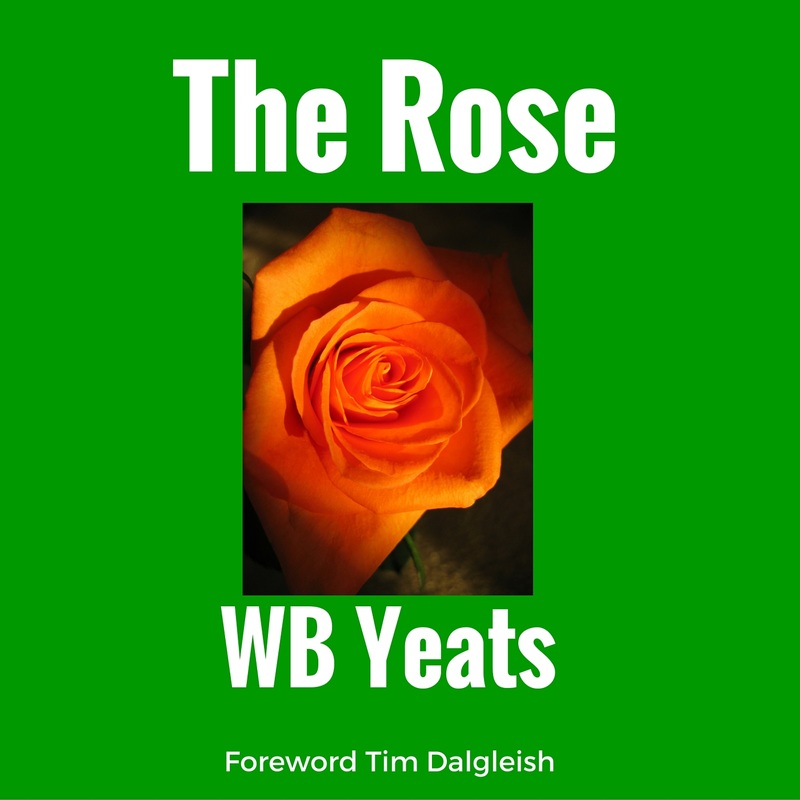All that is Feeling
Feelings are a curse,
No rock ever wept over a dead child,
Being blind, it was never blinded,
All that I feel,
Is a curse.
Words fall dead upon the page,
I am suicided by feeling,
A word-curse numbs my thought,
Carves my pain into a statue of obscure emotion,
The art of feeling things makes me weary,
I am tempted only to drown,
I am a coast defined by the sea.
Upon this beach are the vanquished,
Stones of memory, images of you,
Feelings of ocean and endlessness,
Ocean of sea, of water, of me,
Waves appear, distant, like brief souls.
Nothing I have felt will remain:
I am not a book of words,
I am not ink adhering to pulp,
I am and will, and will not.
Eternity is not a feeling,
A thought, a cup or a blessing.
Nothing is held,
What is held is nothing eternal,
Always, no existence holds.
The feeling of living,
A curse, a blessing, a silence.
A death is nothing:
A word upon no page,
The smile of no child,
The eye of no thought,
The breath of no sadness,
The course of no heart.
The curse is felt,
The curse is spoken.
All that is feeling,
Is a curse.
we are made
You are ruby, diamond, emerald, pearl,
you are lapis lazuli, pyrites, tigers-eye,
from rose and granite you are made.
First meeting,
at the Ashmolean,
strolling, talking,
touching elbow,
gently, leaning in,
like the wind-blown roses,
across the street,
it seemed,
there were scattered petals,
at our feet,
I have been stolen, I thought
vast acres of my heart,
cut down and harvested
for new things.
The petals still flutter, fly
like old flags, but
in the shadow of a
new nation, a new world.
Both Terra Firma,
and Terra Incognita.
Both, feed this new earth,
this eternal spring.
Intangible living colours,
stream in the bright waters,
pain sinks like a pebble,
to the riverbed,
and dark thoughts are washed away.
And nothing, changes my past,
but everything, changes my future.
I will pick up,
the petals,
and carry these gentle emblems of my past,
for they are a blanket, a bed,
a rock, and
a foundation,
on which to lay,
new coloured stones
of being.
There is more,
on this ancient hill,
than echo and memory
there is,
a speaking of stones.
We are Sala Rossa ruby-red,
we are diamond, emerald, pearl,
we are, you and I, lapis lazuli, pyrites and tigers-eye,
in amber, sapphire, malachite and marble strong,
from gentle quartz, carnelian and desert rose,
we will grow.
From rose and granite, we are made.
Sonnet XXV
I do not love you as if you were salt-rose, or topaz,
or the arrow of carnations the fire shoots off.
I love you as certain dark things are to be loved,
in secret, between the shadow and the soul.
I love you as the plant that never blooms
but carries in itself the light of hidden flowers;
thanks to your love a certain solid fragrance,
risen from the earth, lives darkly in my body.
I love you without knowing how, or when, or from where.
I love you straightforwardly, without complexities or pride;
so I love you because I know no other way
than this: where I does not exist, nor you,
so close that your hand on my chest is my hand,
so close that your eyes close as I fall asleep.

 RSS Feed
RSS Feed
